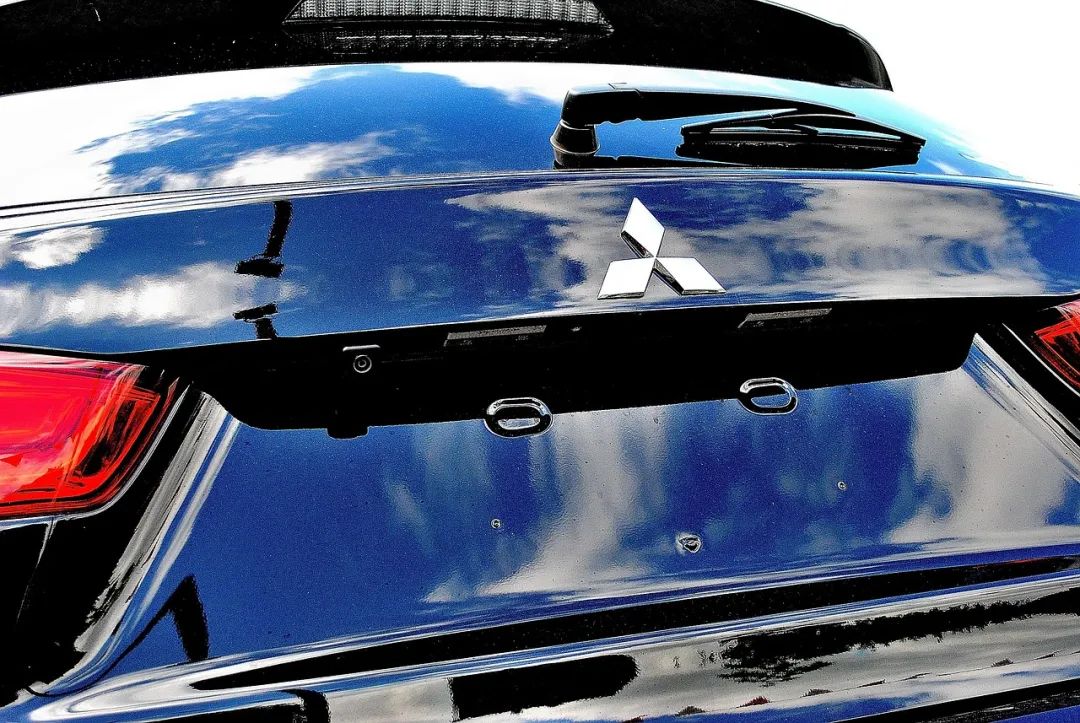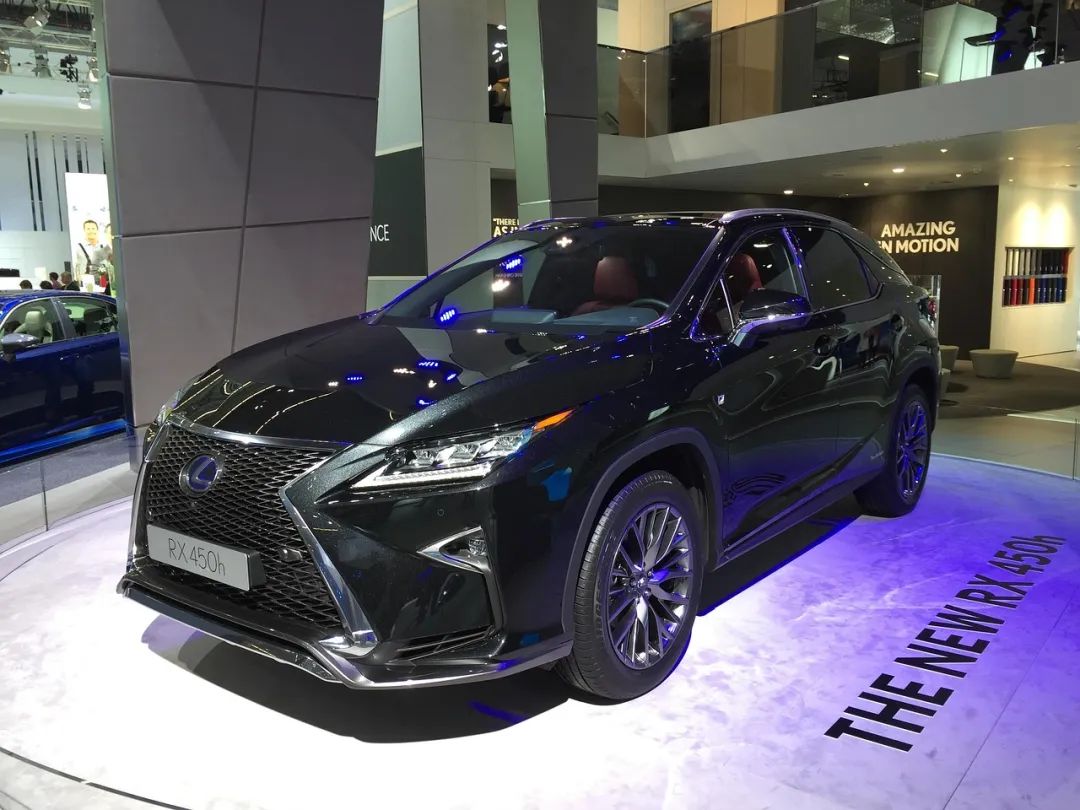Japanese Auto Giants' Performance Decline: What's Behind the Fall of Japanese Cars?
![]() 03/25 2025
03/25 2025
![]() 655
655
In the global automotive landscape, Japanese cars have long been a formidable force. Renowned for their superior quality and unmatched fuel efficiency, Japanese automakers once dominated the world market, even surpassing European and American competitors. However, recent developments indicate that Japan's seven major automakers are experiencing a persistent decline in performance. What lies behind this shift, and what challenges do Japanese cars currently face?

I. Japanese Automakers' Performance Continues to Slide
According to ECNS, Japan's traditional automotive giants are now grappling with the hidden worry of sustained performance decline. Nikkei Asia reports that from October to December 2024, the operating profits of Japan's seven automakers fell for two consecutive quarters. Market forecasts suggest that this downward trend will persist for the next two quarters.
These seven automakers include Toyota, Honda, Nissan, Mitsubishi, Mazda, Suzuki, and Subaru. Among them, five experienced profit reductions in the last quarter of 2024, with only Honda and Suzuki reporting profit growth.
The decline in profits is attributed to two primary factors. Firstly, the intensifying competition in the US market has eroded profitability, with automakers increasing sales incentives to dealers, thereby squeezing margins. Secondly, internal expenses have also surged. Media statistics indicate that for the fiscal year ending in March 2025, all but Mitsubishi among these seven automakers are expected to record record-high equipment investment and R&D expenses.
According to CNMO News, while the combined sales of these seven automakers rose by 3% year-on-year to 25 trillion yen from October to December 2024, global sales declined by 2% year-on-year. However, excluding the sluggish sales of Honda and Nissan in the Chinese market, overall sales actually increased slightly.

Despite this, the operating profits of these seven automakers fell by 25% year-on-year, totaling 1.9946 trillion yen. Toyota's profits dropped by 28% to 1.2152 trillion yen, while Nissan and Mitsubishi recorded profits of 31.1 billion yen and 13.8 billion yen, respectively, down 78% and 75%. Honda was the only automaker to achieve profit growth, thanks to its strong performance in the two-wheeler segment, while Suzuki benefited from robust domestic sales in Japan.
Earlier in January, ECNS reported that the 2024 sales data for new vehicles in China by Japan's three major automakers—Honda, Toyota, and Nissan—all fell below previous year's levels. Toyota led the pack with 1.776 million vehicles sold in China, down 6.9%. Honda's sales plummeted by 30.9% year-on-year to their lowest level since 2014, at approximately 852,000 vehicles. Honda's public relations department attributed this to "inadequate product launches keeping pace with the rapid transition to new energy vehicles, intensified price wars, and ongoing struggles." Nissan's sales in China stood at approximately 696,000 vehicles, down 12.2%, hitting their lowest point since 2008.

II. What Ails Japanese Cars?
The Japanese automotive industry, once a cornerstone in the global market, has faced severe challenges in recent years, with the performance of its seven major automakers continuing to decline. How should we interpret this phenomenon?
Firstly, the rise of Japanese cars was a tale of catching up. Initially, Japan lagged behind in the automotive industry. While European and American giants like Ford were achieving significant milestones in mass production, Japan was just starting out. Ford revolutionized production with assembly lines, enhancing efficiency and reducing costs, making cars accessible to ordinary families. Japanese automakers recognized this model's potential and actively learned from Ford and other European and American pioneers.
Building on their learnings, Japanese automakers leveraged their strengths and embarked on a unique path. They focused on refined management. Toyota, for instance, pioneered the Toyota Production System, emphasizing "just-in-time" and "automation." Through precise production planning and zero inventory management, they minimized waste and significantly reduced costs. In parts procurement, Japanese automakers established long-term, stable partnerships with suppliers, engaging in joint R&D and mutual progress, forming a tight industrial cluster that further optimized cost structures.
In product R&D, Japanese cars prioritized economy. Post the oil crisis, global oil prices soared, and consumer demand for fuel-efficient cars surged. Japanese automakers, with continuous innovations in engine technology and lightweight design, introduced a series of low-consumption, high-cost-efficiency models. These models quickly gained traction in the global market, especially in price- and fuel economy-sensitive regions, gradually establishing Japanese cars' influence and catapulting them from laggards to automotive powerhouses.

Secondly, in the new energy era, Japanese cars chose the wrong technological path. In recent years, new energy vehicles have burgeoned, driving the global automotive industry's transformation. Tesla, a pioneer in this field, has led the rechargeable new energy vehicle trend. With advanced battery technology, efficient electric drive systems, and innovative intelligent networking features, Tesla has crafted high-performance, tech-savvy cars, swiftly gaining global recognition.
However, despite recognizing the new energy trend early, Japanese automakers deviated in their technology choices. They focused on hydrogen energy vehicles. While hydrogen vehicles offer zero emissions and quick refueling, they face numerous practical challenges. The severe lack of hydrogen refueling infrastructure and high construction costs hinder their promotion and popularization. In contrast, while rechargeable new energy vehicle charging facilities also face challenges, significant progress has been made globally, particularly in China and Europe, where charging station coverage is continuously expanding.
Japanese automakers have relatively underinvested in rechargeable new energy vehicles, with slow technological R&D progress. Toyota, for example, has made significant strides in hybrid vehicles, with models like the Prius once popular worldwide. However, it has lagged in pure electric vehicle R&D. Only recently has Toyota increased investment in this area, but it has already fallen behind Tesla and some Chinese new energy vehicle companies. This technological misjudgment has gradually marginalized Japanese cars in the new energy vehicle wave, distancing them from innovative models.

Thirdly, Japanese cars are also slow in their intelligent transformation. If we say Japanese cars chose the wrong technological path in energy methods, in the race for automotive intelligence, they have exposed a deeper systemic crisis. Automotive intelligence spans autonomous driving, smart cabins, and the Internet of Vehicles, offering consumers a new, more convenient, and safer driving experience. Both European and American automakers and Chinese automakers have actively invested in intelligent development, achieving notable progress.
Due to their conservative mindset, Japanese automakers lag in intelligent development. For instance, in autonomous driving technology, Tesla's system is widely used globally, and Baidu's Robotaxi service in China has garnered significant market response. However, Japanese automakers have invested less in autonomous driving R&D, lagging technically behind leading enterprises.
Looking at the more competitive smart cabin aspect, consumer demand for intelligent interior decoration is rising, such as large-size high-definition displays and intelligent voice interaction systems. European, American, and Chinese automakers have swiftly responded to market demand, launching tech-savvy, humanized smart cabins. In contrast, Japanese cars' smart cabin design is relatively traditional, lacking in human-computer interaction convenience and intelligence. In the Internet of Vehicles, Japanese cars have also failed to fully leverage internet technology for efficient vehicle-external connection and data sharing, causing their products to gradually lose market competitiveness in the intelligent era.

Fourthly, the decline of Japanese cars also stems from catching up. Their current overall performance slide results from both strategic misjudgments and objective environmental changes. On one hand, due to their delayed transition in new energy vehicles, Japanese cars have lost global market share, a fact we've repeatedly emphasized. On the other hand, recognizing their new energy vehicle lag, Japanese automakers have focused on electric vehicle development. However, this process requires significant R&D investment, inevitably eroding corporate profits. Developing new electric vehicle platforms, battery technologies, and intelligent networking systems demands substantial financial support. For the fiscal year ending in March 2025, all but Mitsubishi among these seven automakers are expected to record record-high equipment investment and R&D expenses. Simultaneously, to catch up with competitors, Japanese automakers must increase marketing and channel construction investments, further compressing profit margins.
Despite the current performance decline, Japanese cars' foundation remains solid. Japan boasts deep technical expertise in automobile manufacturing and remains competitive in traditional automotive areas like engine technology, chassis tuning, and manufacturing processes. As long as Japanese automakers face their challenges, adjust strategies, and invest in key areas, they have the potential to rebound in the fiercely competitive global automotive market. Leveraging latecomer advantages was a common Japanese automaker strategy before; it remains to be seen if Japan can replicate this success. Let's wait and see the subsequent choices made by Japanese automakers!







